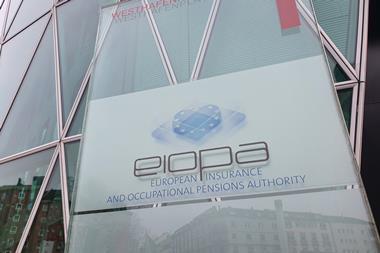Lucy Barron, partner at Aon, said that buy-ins, which offer the opportunity for pension schemes to transfer a portion of their liability risk to an insurance company for a fixed cost, “have become an increasingly established part of the UK pensions scene”.
In addition to the interest rate and inflation hedging, which are also offered by liability-driven investment (LDI) solutions, a buy-in also hedges against longevity risk.
Buy-ins are illiquid and capital intensive and are often most effective for schemes that only need a low investment portfolio return, according to the consultancy.
“Nevertheless, there are all sorts of a variables that can affect a scheme’s suitability and readiness to buy-in – everything from the level of investment return, to the state of scheme data and the relative liquidity of its investments,” Barron said.
Barron said that at Aon, there is a growing number of clients setting a long-term target of buyout – full transfer of liabilities to the insurer – and while the market has been somewhat affected by the wider economic scene this year, it is still operating at healthy levels.
Aon’s paper To buy-in or not to buy-in?, which will be published tomorrow, looks at the key investment issues and decisions involved in a pension scheme moving to buy-in.
Whilst there were around £40bn (€43.8bn) of transactions in 2019 with a few individual deals approaching £5bn, the bulk annuity market has generally been worth around £10–£20bn in recent years, it disclosed.
For many schemes it will be appropriate to approach the market in a phased manner over a number of years rather than risk there being insufficient capacity from insurers, the firm said.
Spreading buy-ins over a number of years also offers liquidity benefits when compared to a buyout. The premium for each individual buy-in will be smaller than that for a buyout.
This may allow for the scheme to hold a lower portion of liquid assets at any given time and benefit from the often-higher returns offered by illiquid assets.
As pension funds mature, they become cashflow negative, especially if deficit contributions have ceased or reduced. A buy-in is the ultimate cashflow matching asset, the paper said.
It is the only asset that will exactly match cashflows from a timing, pension increase and longevity perspective, it added.
Aon’s paper ‘To buy-in or not to buy-in?’ is available here.






























No comments yet